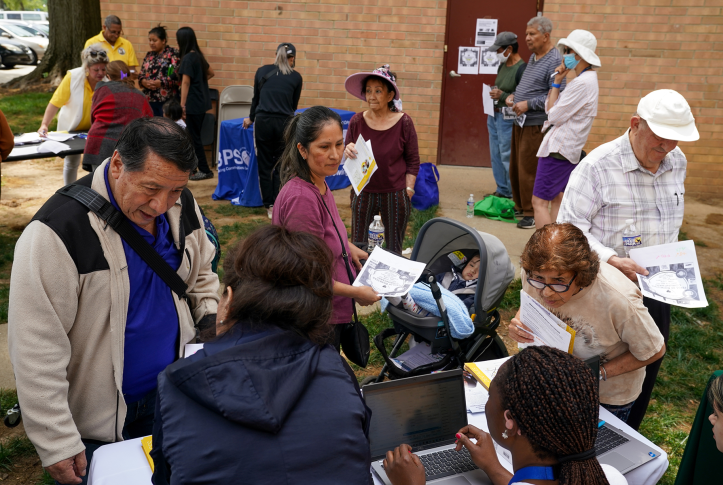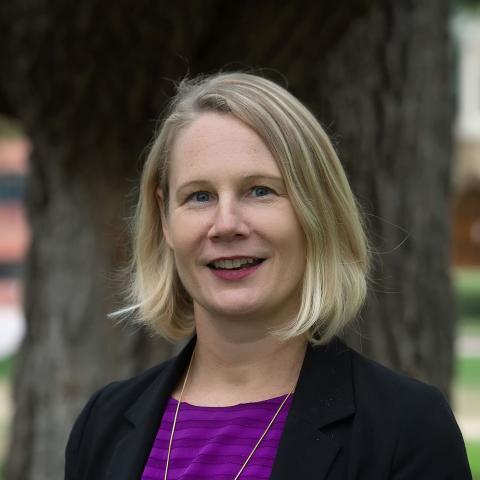The United States is in the midst of a massive transition in health insurance coverage. In April, Congress ended the requirement that allowed people to stay on Medicaid continuously, which began during the COVID-19 pandemic. States were given approximately 14 months to reassess Medicaid or Children’s Health Insurance Program (CHIP) eligibility for an estimated 94 million people. This process, often referred to as the Medicaid unwinding, has thus far resulted in nearly 12 million people being disenrolled. In most states, terminations are expected to continue well into 2024. People no longer eligible for Medicaid must either find alternative coverage or remain uninsured. Thanks to the Affordable Care Act, millions will be able to enroll in a subsidized private plan through the health insurance marketplaces. However, this transition can be challenging, with consumers facing administrative and financial barriers to coverage. Nationally, only 3 percent of people losing Medicaid in 2018 successfully transitioned to marketplace plans.
Marketplace Strategies to Limit Coverage Gaps
To help people transitioning from Medicaid make a soft landing into high-quality, affordable coverage, the federally facilitated marketplace, which currently serves consumers in 29 states, and many state-based marketplaces have implemented several policies and programs. The federal marketplace and nearly all state-based marketplaces are providing an extended special-enrollment period so that people losing Medicaid or CHIP have a longer window to select a marketplace plan. Many state marketplaces have boosted funding for navigators to help with one-on-one enrollment assistance, increased staffing at customer call centers, and invested heavily in innovative outreach campaigns. Several state marketplaces have gone even further. A few are trying to lower administrative barriers through auto-enrollment programs. Others have reduced financial barriers by offering one or two months of free premiums or funding additional state subsidies.
Lowering Administrative Hurdles: Auto-Enrollment Programs
Four state marketplaces — California, Maryland, Massachusetts, and Rhode Island — have established programs designed to ease paperwork burdens for consumers who have lost Medicaid or CHIP coverage.
In California, people transitioning from Medicaid who are eligible for marketplace subsidies are automatically enrolled into the lowest-cost silver plan available. Those assigned to a plan can accept it by paying their first month’s premium or, if they do not owe any premium, by actively indicating their consent. Those who take no action are disenrolled. As of mid-September, Covered California reports that 32 percent of those auto-enrolled into a plan in July and 33 percent of those auto-enrolled in August ultimately paid their premium or confirmed coverage. This is a significant increase from the 17 percent that successfully transitioned to marketplace plans in 2019, before the Medicaid continuous coverage requirements were in effect. Maryland’s program was modeled after California’s and allows individuals no longer eligible for Medicaid to be automatically enrolled in a marketplace plan. As of mid-October, more than 21,000 Marylanders were automatically enrolled in a marketplace plan. Thirty percent of those individuals affirmed their marketplace enrollment while another 10 percent reenrolled in Medicaid after updating their information.
In Rhode Island, individuals with incomes below 200 percent of the federal poverty level (or $27,180 in annual income for a single person) transitioning from Medicaid and who are eligible for a $0 premium silver-level plan are automatically enrolled unless they opt out. Through late September, almost half of all new enrollees coming from Medicaid had been automatically enrolled in marketplace coverage.
Massachusetts has a similar program, but as of late fall the state had not released data covering the initial cohorts of Medicaid transitioners.
Lowering Financial Barriers: Enhanced Financial Assistance
Two state-based marketplaces — New Mexico and Rhode Island — are providing eligible consumers with an initial financial cushion to ease the transition from Medicaid to marketplace coverage. New Mexico fully covers the first month’s premium costs for individuals in households with incomes up to 400 percent of the federal poverty level (or $54,360 in annual income for a single person). As of mid-July, New Mexico had helped pay for the first month’s coverage for about half of the new marketplace enrollees coming from Medicaid, with an average per-person state-funded subsidy of $101.92. Rhode Island is funding two months of premium costs for individuals with incomes up to 250 percent of the poverty level (or $33,975 in annual income for a single person). As of late September, almost three-quarters of the new marketplace enrollees coming from Medicaid enrolled through the state’s premium assistance program.
Impact Remains Unclear, and States Can Provide Greater Insight
Early reports suggest marketplace enrollment among people coming off Medicaid has been anemic, but there have been limited nationwide data. State-based marketplaces are obligated to provide federal officials with data describing Medicaid to marketplace transitions, but the public release of this information has lagged. (The most recent federal release, at the end of October, provided data only through July.) Meanwhile, the enrollment and demographic data more frequently released by a few state marketplaces aren’t standardized, making it nearly impossible to compare their performance and determine which policies and programmatic changes are paying off. The federal government and most state marketplaces could do a better job sharing timely and relevant data to help policymakers and advocates understand if consumers are benefiting from these efforts to reduce administrative and financial hurdles to marketplace coverage.
Looking Ahead
As millions are disenrolled from state Medicaid programs, the health insurance marketplaces can serve as a critical coverage safety net. Several state-based marketplaces have implemented programs, such as subsidized financial assistance and auto-enrollment, which seem likely to reduce financial and administrative barriers that prevent people from accessing marketplace plans. It will be some time before we can assess their full impact.





